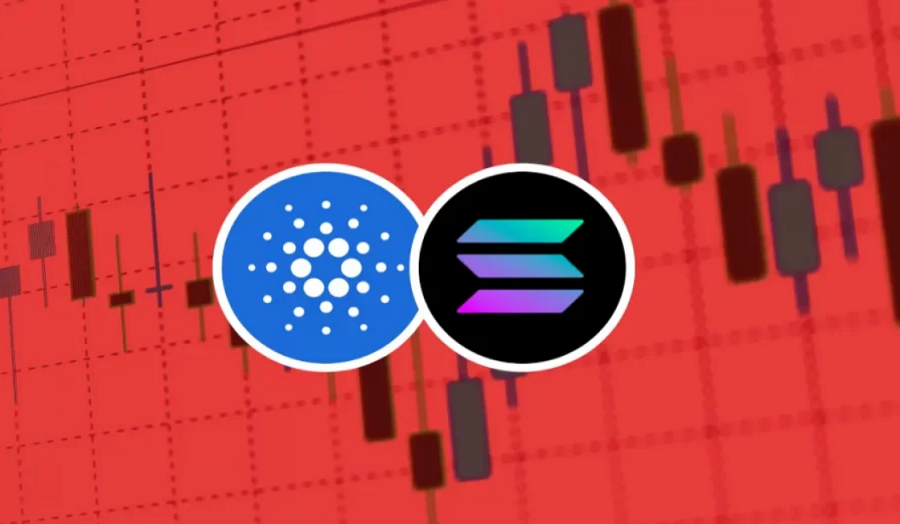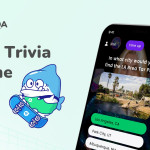
The term “digital ownership” has only recently started to mean something. While non-fungible tokens (NFTs) have been around for a while, they have drawn mainstream media attention for the past year or two. In the third quarter of 2021 alone, NFT trading volume was over $ 10 billion across blockchains, a significant increase from the $ 1.2 billion in the second quarter.

NFTs are unique digital assets that represent property. As proof of ownership, NFTs range from things like art and digital collectibles to real estate and other physical assets. This is leading to a tectonic shift in a variety of industries, improving the efficiency of ownership transfer and breaking new ground in terms of the supply of digital assets.
According to Jonathan Choi, chief investment officer at Metaplex – the Solana protocol that sets open standards for issuing and owning digital assets in the chain – NFTs are gaining traction with mainstream audiences for profile pictures, artwork, and collectibles, the technology behind NFTs is much more telling.
“NFTs can serve a much wider range of use cases, including depicting ownership of physical assets such as real estate, loans, luxury goods, and other digital assets such as audio, files, financial statements or certificates,” he told Cointelegraph.
Like most platforms in the field of decentralized finance (DeFi), most NFT-based projects were built on the Ethereum blockchain – and understandably so. Ethereum is the longest-running active smart contract-enabled blockchain in the world, and most importantly, NFT sellers want an audience.
Beyond the dominance of Ethereum

However, Ethereum’s role in the growth of the NFT industry was much bigger than a pure hosting platform. In fact, it was probably the now iconic ERC-721 token standard that kicked off the NFT revolution in the first place. CryptoKitties was launched almost half a decade ago, and while the platform was hugely popular at launch, it may not have fully taken into account the restrictions blockchains imposed at the time.
The network congestion and unpredictable, sometimes absurdly high gas charges have put many players off the NFT room, but that’s no longer the case. Outfits like Axie Infinity and Decentraland take the NFT and GameFi narratives further than ever. However, with an indefinite roadmap for the Ethereum 2.0 upgrade and its scalability updates, not all projects are convinced that it is the best place to get set up.
CryptoKitties themselves announced a switch to their internal flow blockchain and cited problems with the limited throughput of Ethereum and the excessive fees. While the platform may not be the NFT Goliath it once was, it’s an iconic brand for the space and its move away from Ethereum could steer more projects onto other networks.
“Ethereum will always be a leading chain for NFT adoption and have one of the most vibrant communities in crypto, but because of some of its limitations, there will still be challenges and concerns for a wider audience and developers,” added Choi.
Networks like Cardano and Solana in particular are penetrating the NFT space, with Solana even launching a $ 5 million fund this year to integrate creators and their fans into its ecosystem. The most popular NFT platform on the Solana blockchain, Solanart is making waves with users in space, producing collections like the Degenerate Ape Academy, SolPunks, Aurory and more with hundreds of millions of dollars.
“NFTs have so much potential and we are just seeing what is possible,” said Frederik Gregaard, CEO of the Cardano Foundation, speaking to Cointelegraph about mechanisms to ensure the uniqueness of transactions, the accuracy of every order submitted and to prevent front-running attacks . “
He also mentioned other technical use cases within blockchain ecosystems, including its use as an access control mechanism for utilities and assets on public blockchains and the ability to guarantee the uniqueness of a decentralized eUTXO app (DApp). “Outside of the immediate ecosystem, there is mass adoption potential for NFTs when it comes to the property rights of individuals and communities,” he added.
While Cardano isn’t as boldly venturing into NFTs as Solana, it’s making headway. After the successful Alonzo hard fork of the network, which enabled smart contracts, CardanoKidz was started this year as the first NFT project on Cardano. Just last month, SpaceBudZ managed to make its first NFT sale for over $ 1 million on the network.
Before smart contracts went live in the network, users could mint and sell NFTs without a contract address, although properties such as metadata could not be transmitted via the blockchain. The addition of smart contracts has brought a lot more users to the platform, which has led to a surge in interest in NFTs on Cardano. However, after the introduction of Cardano Improvement Proposal 25, the blockchain now has a defined NFT metadata standard for its native tokens.
This solves various identity, authentication, and governance issues related to NFTs on the network. Previous representations of NFTs can also be destroyed after ownership is transferred, creating a whole new level of exclusivity. With so much work being done on these platforms to compete against Ethereum in the NFT space, the incumbent smart contract platform is certainly in competition.
Young, stupid and not so broken

Layer-one blockchains like Solana and Cardano offer an alternative to the high transaction costs plaguing the Ethereum network while lowering the barriers to entry for a wider audience. These platforms are also incredibly well positioned with developers building on top of Web3, as factors such as cost, speed, and community growth are critical in the development phase, especially for newer projects.
Additionally, as interoperability becomes the next target for blockchains, we could see projects launched on a variety of platforms just to build bridges with Ethereum to take advantage of its large user base. Despite the massive surge in popularity and acceptance of NFTs, there is still a long way to go before this technology is used in all industries worldwide.
Tor Bair, founder of the privacy-focused nonprofit Secret Foundation, told Cointelegraph, “Today’s NFTs are more of a stupid receipt than smart possessions with no native access control or privacy for content or buyers. If we can solve these problems, NFTs will expand and represent trillions of dollars in art, content, and physical and financial assets. “
He also stated that blockchains would have to offer new use cases and design spaces created by their unique functionality in order to be successful alongside Ethereum in this area, be it through native data protection, improved scalability or global interoperability. In the long run, both Solana and Cardano could become much more prevalent platforms in the NFT ecosystem, introducing unique products on their networks to attract users.
Just this month, world famous DJ Steve Aoki, in collaboration with legendary comic artist Todd McFarlane, launched an NFT collection on Solana.
Additionally, Cardano and Solana aren’t the only Layer-One blockchains moving around in NFTs, as other prominent platforms like Polkadot, Flow, and Wax are bringing the technology to new audiences.
“NFTs are like membership in a golf club versus cryptocurrencies, which are more like liquid cash,” Abhitej Singh, co-founder of the Cosmos-based DeFi platform Persistence, told Cointelegraph. According to him, membership in a golf club is dependent on all sorts of factors including early membership, exclusivity, community, and other elements that easy money alone cannot provide.
“The scarcity and exclusivity results in high membership costs, both socially and economically, for new members,” he added.
With the advent of new protocols like Flow, Solana, and Cardano, the complications of Web 3.0 are abstracted and in the next few years NFTs could become one of the greatest utilities in blockchain technology, not just on the Ethereum network.







